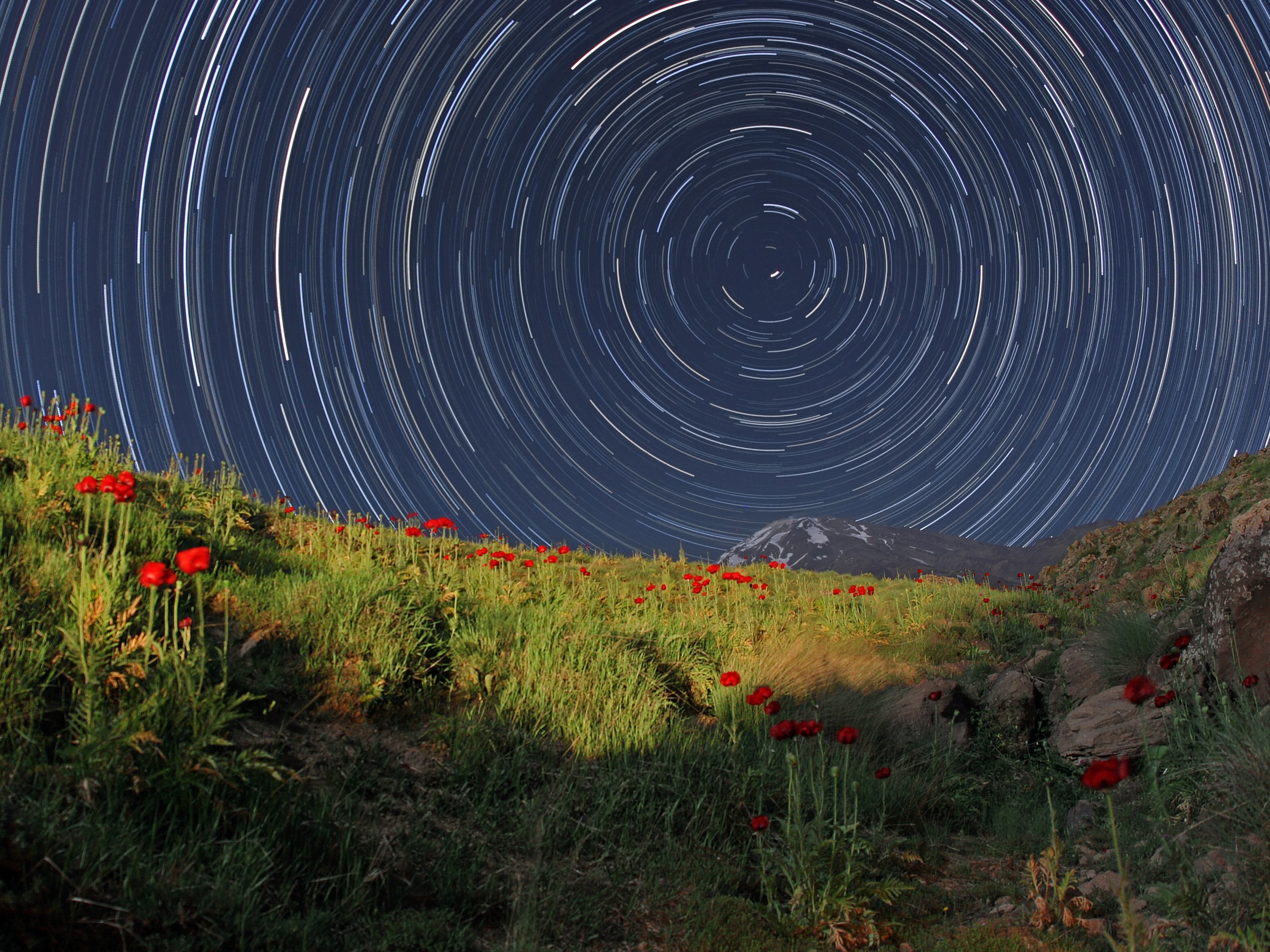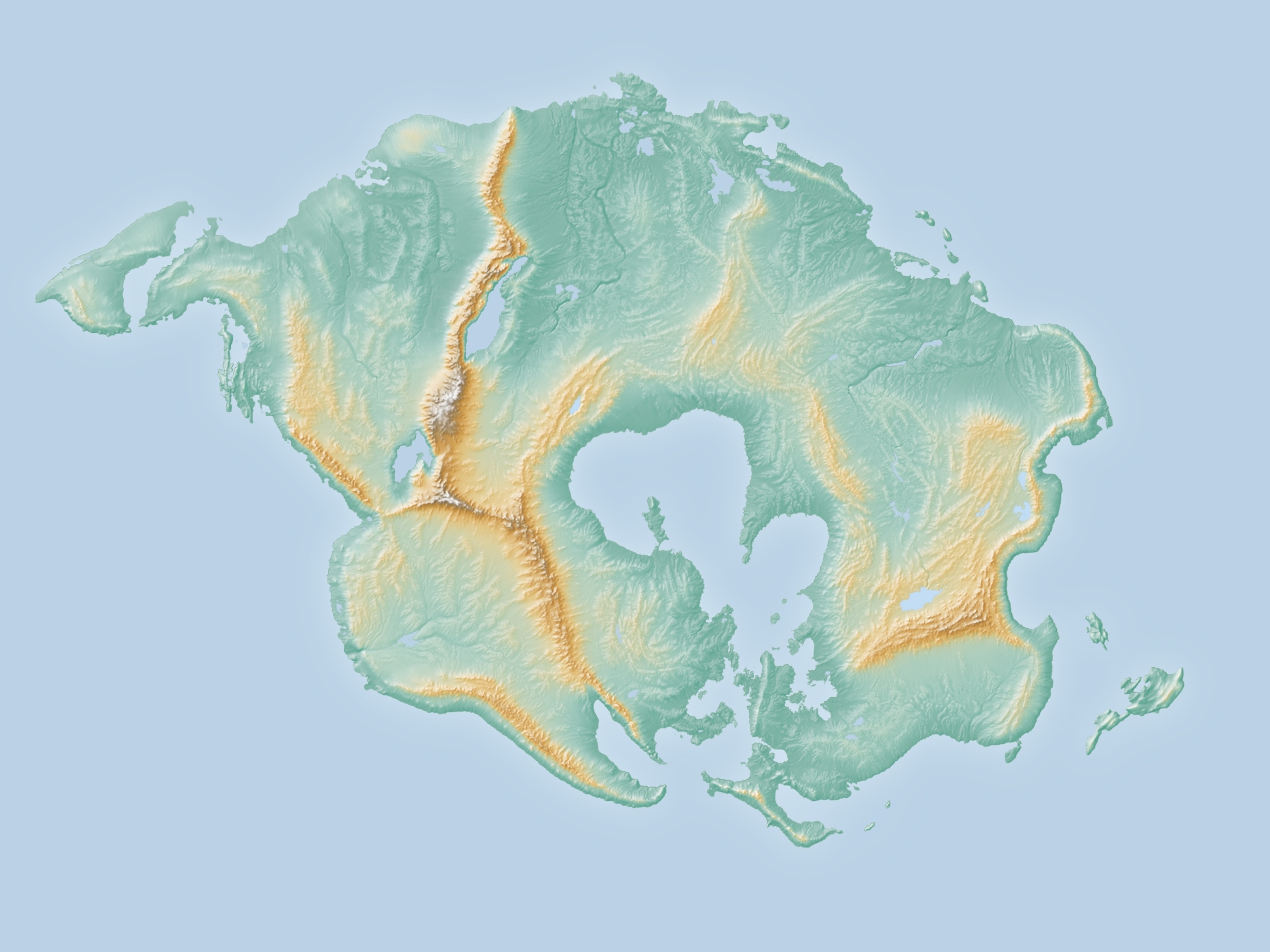
New Gravity Map Reveals Lumpy Earth
The best map yet of Earth's gravity field can help track ocean currents and study the forces behind major earthquakes, experts say.
It may look like a mangled lump of Play-Doh, but this colorful object is actually the most accurate digital model yet of Earth's gravity field, scientists say.
Released last week, the gravity map is what's known as a geoid, and it was created by a European satellite called the Gravity field and steady-state Ocean Circulation Explorer, or GOCE.
In general, most people think of Earth as a relatively smooth orb. But matter is not evenly distributed across the planet's surface, and bodies of water are constantly shifting due to winds and currents.
By capturing the planet's gravity rather than its physical appearance, the geoid shows the shape that mean sea level would have if it could somehow be extended over the entire surface of the globe, said John Wahr, a geophysicist at the University of Colorado.
"Basically, when people say Denver is 5,280 feet [1,609 meters] above sea level, what they mean is that it's 5,280 feet above the geoid," Wahr said by email.
Watch an animation of the geoid in motion.
Gravity Map to Trace Tectonics, Currents
The European Space Agency launched GOCE in March 2009 into a low polar orbit, circling about 158 miles (255 kilometers) above the planet's surface.
Since then the craft has been using its array of highly sensitive gravity sensors to map variations in Earth's gravity field, building up data over the course of thousands of orbits.
The resulting geoid can be used by geophysicists to puzzle out details of Earth's interior structure, said Michael Watkins, a geodesist at NASA's Jet Propulsion Laboratory in Pasadena, California.
(Related: "Canada's Low-Gravity Puzzle Solved, Scientists Say.")
The gravity maps are also important to oceanographers, because winds and currents cause water to pile up in some places while scooping it out of others.
"If you can map out the ocean surface somehow (with satellite radar altimetry, for example), and then take the difference between that surface and the geoid, you can ... determine the direction and strength of ocean currents," said the University of Colorado's Wahr.
"The better the geoid, the better you can do this."
New Geoid a Gravity "Snapshot"
Although Wahr and Watkins aren't part of the GOCE team, they do work with a similar NASA satellite known as the Gravity Recovery and Climate Experiment, or GRACE. This craft orbits higher and produces less detailed maps of Earth's gravity.
But what GRACE lacks in resolution it makes up for in timeliness, allowing NASA to track changes in Earth's gravity due to shifting floodwaters or melting glaciers.
"GOCE is a high-resolution snapshot of the gravity field," JPL's Watkins said in an email. "GRACE is a medium-resolution movie."
(See "NASA Satellites Track Vanishing Groundwater.")
The two are complementary, he said, because the better we know the "snapshot," the more accurately we can find changes as the movie unfolds.
For example, studying the geoid can help us understand tectonic processes such as those involved in last month's devastating earthquake in Japan, Watkins said. (See "Japan Earthquake Shortened Days, Increased Earth's Wobble.")
"Large earthquakes move enough mass to change the gravity field," he said, "and those changes can tell us more about the mechanism of the quake and how much slip and uplift occurred, especially in offshore areas where it is difficult to observe [Earth's crust] directly."





